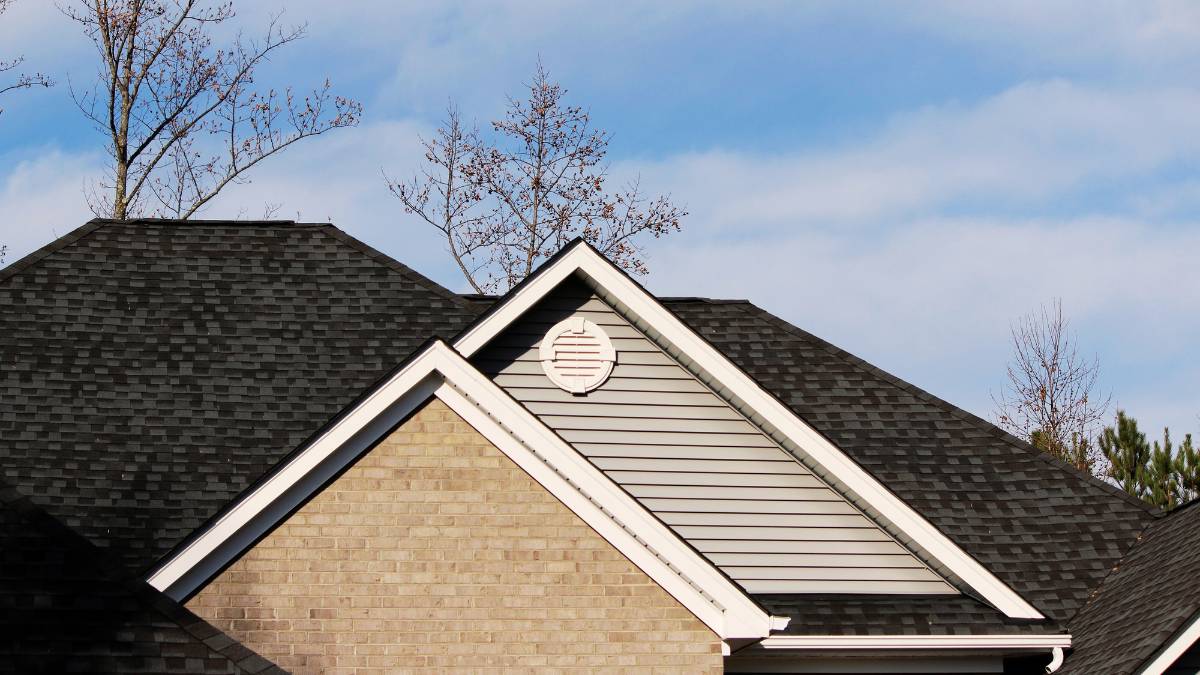Last Updated on June 6, 2024 by Kravelv Spiegel
Zinc roof strips have become a popular choice among homeowners and builders for enhancing roof longevity and aesthetics. Known for their durability and natural patina, zinc roof strips offer various advantages, ranging from anti-microbial properties to low maintenance requirements. This article will explore the numerous benefits of using zinc roof strips and why they are a worthwhile investment for any roofing project.
Key Takeaways:
- Zinc roof strips offer exceptional longevity and durability, with a lifespan of 50 to 100 years.
- They require minimal maintenance due to their self-cleaning properties and resistance to damage.
- Zinc is environmentally friendly, being fully recyclable and energy-efficient.
- The material provides aesthetic appeal with a natural patina, architectural versatility, and enhances property value.
Longevity and Durability
Corrosion Resistance: Zinc is highly resistant to corrosion, making it an excellent choice for roofing. When exposed to the elements, zinc develops a protective layer known as patina, which prevents further degradation. This self-healing property means that minor scratches and abrasions will gradually disappear as the patina reforms, maintaining the integrity of the roof.
Lifespan: Zinc roofs can last between 50 to 100 years, significantly longer than traditional roofing materials like asphalt shingles, which typically last 20 to 30 years. This longevity makes zinc roof strips a cost-effective choice in the long run.
Low Maintenance
Self-Cleaning: The patina that forms on zinc roof strips has self-cleaning properties. This layer minimizes the accumulation of dirt, debris, and organic growth such as moss and algae. As a result, zinc roofs require less frequent cleaning and maintenance.
Minimal Repairs: Due to their durability and self-healing properties, zinc roofs seldom require repairs. This reduces the ongoing maintenance costs compared to other roofing materials that may need frequent patching or replacement.
Environmental Benefits
Sustainability: Zinc is a naturally occurring element and is fully recyclable. At the end of its long service life, zinc roofing material can be recycled without losing any of its physical or chemical properties. This makes it an environmentally friendly choice.
Energy Efficiency: Zinc roofs have reflective properties that help in reducing heat absorption. This reflective capability can lower cooling costs during hot weather, contributing to the energy efficiency of the building. Additionally, zinc can be combined with insulation to enhance thermal performance further.
Aesthetic Appeal
Natural Patina: One of the most visually striking features of zinc is its ability to develop a patina over time. This patina changes from a shiny metallic surface to a matte gray or bluish hue, giving the roof a unique and evolving appearance. The natural patina also helps the roof blend into its surroundings, offering a timeless aesthetic.
Architectural Versatility: Zinc is highly malleable, allowing it to be shaped into various forms and designs. This flexibility makes it suitable for a wide range of architectural styles, from traditional to modern. Architects and designers appreciate zinc for its ability to create custom, intricate roofing designs.
Anti-Microbial Properties
Zinc has inherent anti-microbial properties that inhibit the growth of mold, mildew, and moss. This is particularly beneficial in regions with high humidity or frequent rainfall. By preventing organic growth, zinc roof strips help maintain the roof’s appearance and structural integrity over time.
Fire Resistance
Zinc roofing is non-combustible, offering excellent fire resistance. This adds an extra layer of protection to the building, especially in areas prone to wildfires. The use of zinc roof strips can contribute to a safer living environment.
Cost-Effectiveness
Initial Investment vs. Long-Term Savings: While the initial cost of zinc roofing may be higher than some other materials, the long-term savings are substantial. The reduced maintenance, repair costs, and energy savings, coupled with the longevity of the roof, make zinc a cost-effective choice over time.
Increased Property Value: The durability, low maintenance, and aesthetic appeal of zinc roofing can increase the value of a property. Potential buyers are often willing to pay a premium for homes with high-quality, long-lasting roofing materials.
Installation Benefits
Lightweight Material: Zinc is relatively lightweight compared to other metal roofing materials. This makes it easier to handle and install, potentially reducing labor costs and installation time.
Compatibility with Existing Structures: Due to its lightweight nature, zinc roofing can often be installed over existing roofing materials without the need for additional structural support. This can simplify the renovation process and reduce overall project costs.
Conclusion
Zinc roof strips offer an array of benefits that make them a superior choice for roofing projects. From their unparalleled durability and low maintenance requirements to their environmental sustainability and aesthetic versatility, zinc roofs are a long-term investment that can enhance the value and performance of any building. By choosing zinc, homeowners and builders can enjoy a roof that not only stands the test of time but also contributes positively to the environment and the overall appeal of the property.

